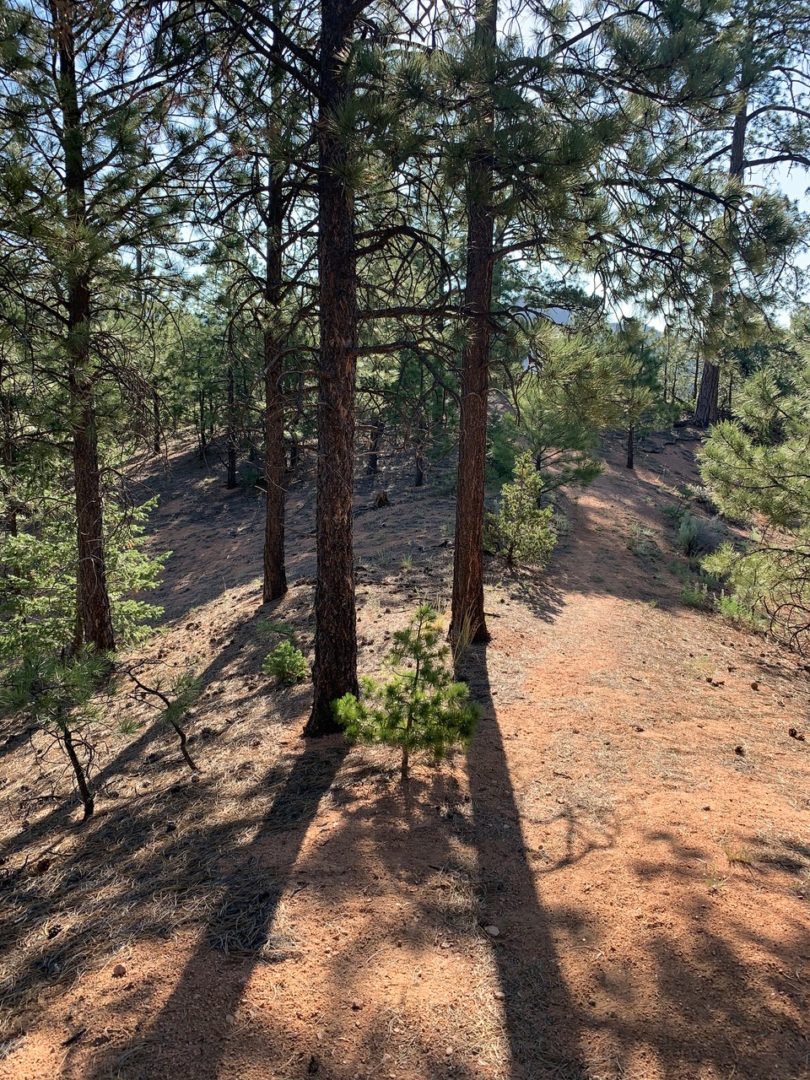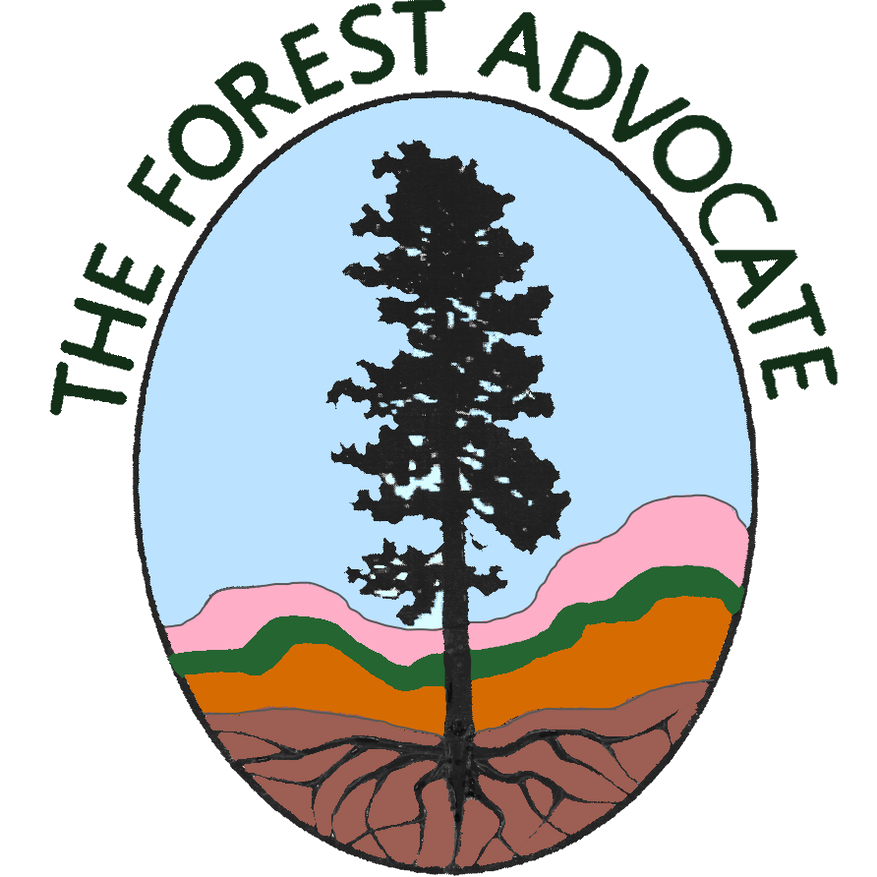All flourishing is mutual
by Maj-Britt Eagle Jun 11, 2020
On our morning walk — first up Forest Road 79, then down an old logging trail toward Shaggy Peak — an adolescent pine caught our attention. Newly acquainted with the white pine, I counted the needles, looked at the slender, feminine curves of the branches, brushed my hand along the top of the tufts, and yes, it had to be! We had learned on a guided walk up Black Canyon that white pines are still surviving in this area despite having been impacted by climate warming to the south, and that our forest is one of the last remaining refugia of this unique species. This heroic tree seemed to ask me to encircle it and call it “sacred”, to write something to alert others as to its significance.
Four hundred years ago, it was the white pine that immortalized the Great Haudenosaunee Confederacy: the Tree of Peace, the white pine with its five needles symbolized the unity of the Five Nations. Its four white roots spread in the four directions, and on its summit perched the far-seeing eagle to warn of danger. This is the tree of the real Hiawatha, and it is the culture of the Iroquois, who taught us to see the Earth as gift, and whose Great Law of Peace remind us of our responsibility to care for the forest for the seventh generation.
On that walk to the top of Black Canyon, we surveyed the downed and broken trees, the havoc wrought upon the wildlife habitats, by the cutting of the Forest Service — projected for the bit of road where we live as well. And we realized that not only is the land broken, but our relationship to the land is broken. Scientists, in their efforts to be “objective”, often do not appreciate the more subtle interconnections, and miss other ways to understand the forest, a deeper knowledge intimately connected to how we, too, live. For example, trees are interconnected across the species: the strong provide for the weak, and communication happens through subterranean mychorrizae, fungae that inhabit tree roots, such that all flourishing is mutual.
And the mutual interdependence includes those of us who walk, stop, and stroke the tender needles of this new white pine. These forests breathe in what we breathe out; they soak in the moisture in the soil and in the air, and give rise to the possibility of new rain. Something sacred speaks to us. Perhaps it speaks of the reciprocity that allows us to live. We’ve sensed that intimately knowing the trees around us creates a set of relationships. My husband and I, on our morning walks, see the forest as gift, and we know that with any gift, obligations are attached. Our responsibility now is to this little white pine. For all flourishing is mutual.
Four hundred years ago, it was the white pine that immortalized the Great Haudenosaunee Confederacy: the Tree of Peace, the white pine with its five needles symbolized the unity of the Five Nations. Its four white roots spread in the four directions, and on its summit perched the far-seeing eagle to warn of danger. This is the tree of the real Hiawatha, and it is the culture of the Iroquois, who taught us to see the Earth as gift, and whose Great Law of Peace remind us of our responsibility to care for the forest for the seventh generation.
On that walk to the top of Black Canyon, we surveyed the downed and broken trees, the havoc wrought upon the wildlife habitats, by the cutting of the Forest Service — projected for the bit of road where we live as well. And we realized that not only is the land broken, but our relationship to the land is broken. Scientists, in their efforts to be “objective”, often do not appreciate the more subtle interconnections, and miss other ways to understand the forest, a deeper knowledge intimately connected to how we, too, live. For example, trees are interconnected across the species: the strong provide for the weak, and communication happens through subterranean mychorrizae, fungae that inhabit tree roots, such that all flourishing is mutual.
And the mutual interdependence includes those of us who walk, stop, and stroke the tender needles of this new white pine. These forests breathe in what we breathe out; they soak in the moisture in the soil and in the air, and give rise to the possibility of new rain. Something sacred speaks to us. Perhaps it speaks of the reciprocity that allows us to live. We’ve sensed that intimately knowing the trees around us creates a set of relationships. My husband and I, on our morning walks, see the forest as gift, and we know that with any gift, obligations are attached. Our responsibility now is to this little white pine. For all flourishing is mutual.
Maj-Britt Eagle is a member of the Unitarian Universalist Environmental Justice Team

The Forest Advocate
Santa Fe, New Mexico
